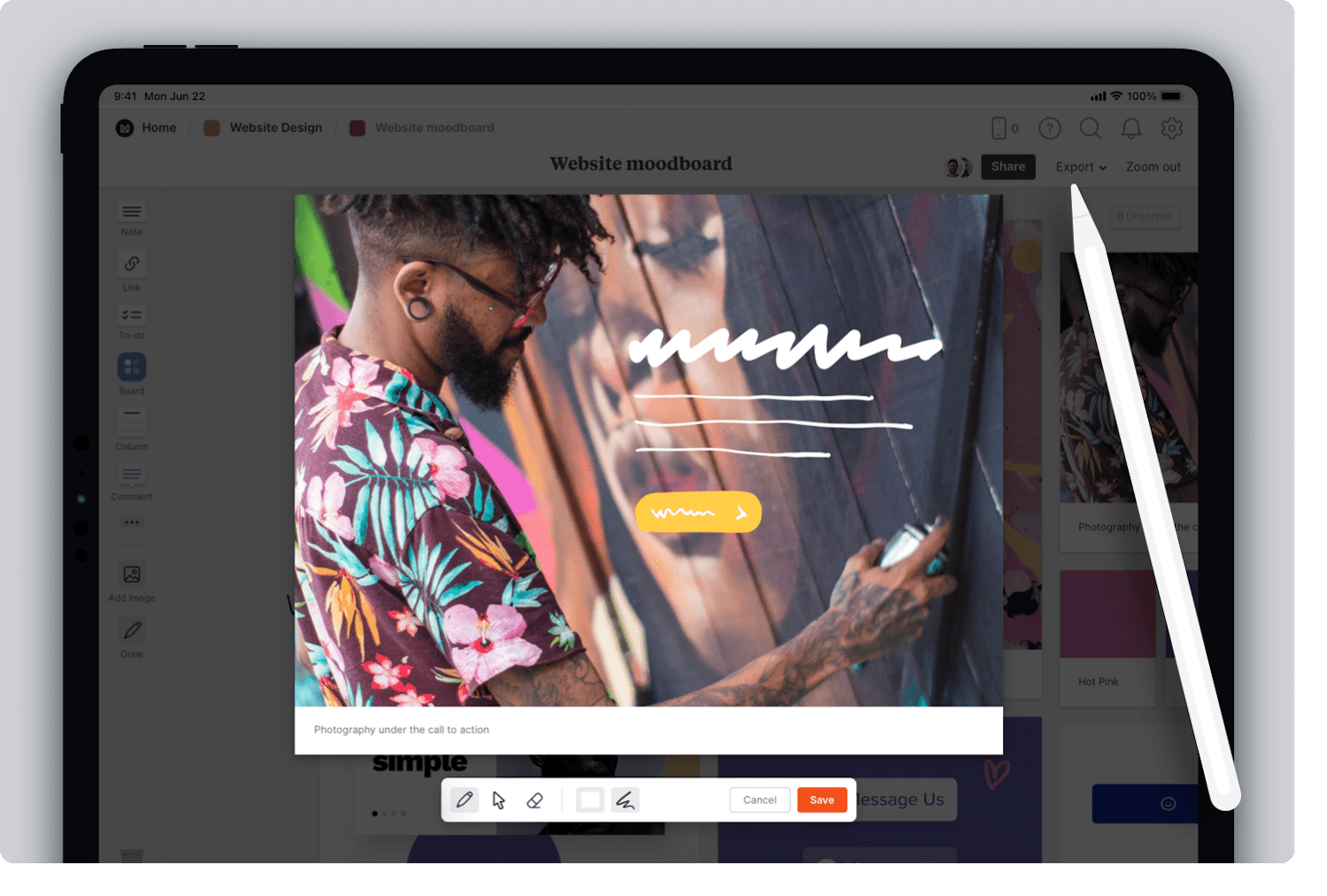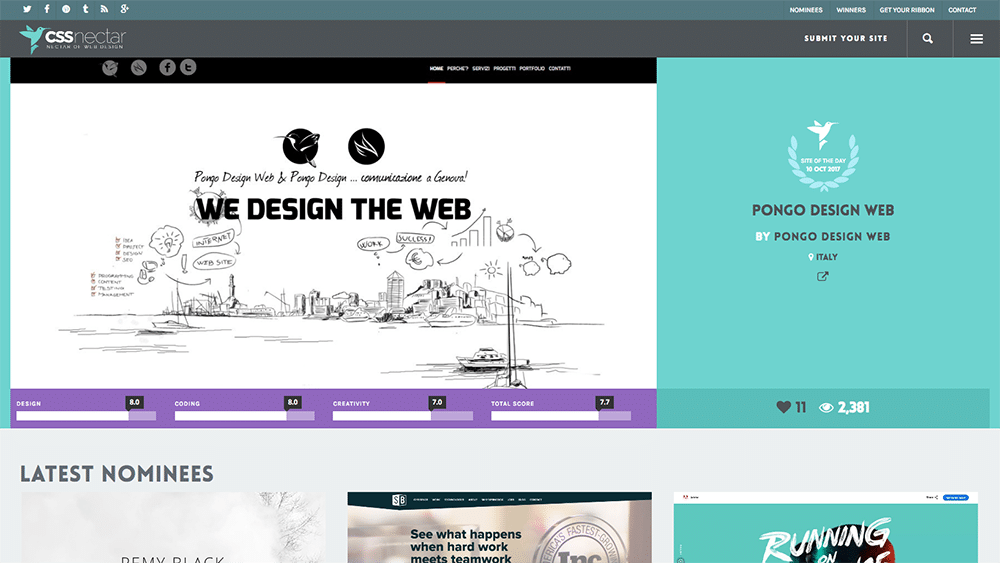How Website Design Can Improve Conversion Rates and Sales
How Website Design Can Improve Conversion Rates and Sales
Blog Article
The Ultimate Overview to Modern Internet Site Style Trends
In the ever-evolving electronic landscape, modern internet site style patterns play a crucial duty in forming customer experience and engagement. From the increase of minimal layout concepts that prioritize simpleness to the impact of strong typography in specifying brand name identification, each aspect contributes to a natural on-line presence.
Minimalist Style Concepts
Minimal design principles stress the idea that less is extra, advocating for simpleness and functionality in visual communication. This approach strips away unneeded elements, focusing instead on necessary components that share the intended message efficiently. By focusing on clearness, minimal style boosts customer experience, enabling visitors to navigate web sites easily.
Core tenets of minimalist style include using ample white room, which produces a feeling of balance and organization. This adverse area not only guides the viewer's focus to crucial aspects yet additionally cultivates a soothing aesthetic environment. Furthermore, a limited color palette is usually employed, using soft hues or single plans to maintain visual cohesion and stop frustrating the customer.
Typography plays a vital role in minimalist style, where understandable typefaces are picked for their simplicity and efficiency in communicating content. Ultimately, minimalist style principles grow a concentrated atmosphere that motivates users to engage with the content, improving the total effectiveness of modern internet site layout.
Vibrant Typography Options
Embracing strong typography choices has actually come to be a specifying attribute of contemporary web site layout, as it efficiently captures interest and communicates strong messaging. Designers are progressively utilizing typography not merely as a practical aspect yet as an essential aesthetic part that enhances the overall visual and individual experience.

In addition, the juxtaposition of strong typography with minimal layout concepts enables for striking contrasts, improving readability while preserving aesthetic appeal. Making use of whitespace around strong text even more stresses its value, ensuring that the message resonates with the target market.
As electronic landscapes become a lot more affordable, leveraging strong typography allows brand names to separate themselves and leave a long-term perception. The mindful option of font styles and their application can evoke emotions, establish tone, and drive activity, making bold typography an indispensable tool in modern-day site layout. Ultimately, it is a powerful method to improve narration and make certain that vital messages are not just seen however additionally felt.
Mobile-first and receptive Layout
Mobile-first and responsive layout has arised as an important concept in modern-day web site development, showing the enhancing dependence on smart phones for accessing on the internet content. As customer actions shifts in the direction of mobile browsing, designers must prioritize developing experiences that adapt effortlessly across numerous display sizes and resolutions.
A receptive design makes certain that a website automatically changes its layout, images, and performance based on the gadget being utilized. Mobile-first layout supporters for establishing websites at first for smaller sized screens, consequently scaling up to bigger screens.
Carrying out mobile-first and responsive concepts not only deals with customer choices but also lines up with seo (SEO) techniques. Major search engines, like Google, prioritize mobile-friendly sites in their positions, making it vital for businesses to embrace these layout methods. In a competitive digital landscape, accepting mobile-first and responsive layout is not simply a choice; it is crucial for ensuring accessibility and engagement with a useful site varied audience.
Engaging Microinteractions
Microinteractions play a pivotal function in boosting user interaction and general website experience, particularly in the context of mobile-first and receptive style. These refined design components offer instant responses to individuals, making interactions a lot more intuitive and pleasurable. Instances include button computer animations, alert signals, and packing signs, which not just overview individuals yet additionally create a feeling of link with the interface.
Incorporating engaging microinteractions can considerably improve usability by minimizing cognitive tons. When customers get visual or acoustic feedback upon doing actions, such as clicking a button or sending a type, they really feel extra confident in their options. This promotes a smoother navigating experience, inevitably raising individual retention.

As website layout fads remain to develop, the importance of microinteractions can not be overemphasized. They offer as the refined yet powerful touchpoints that transform normal interactions right into phenomenal experiences, thereby boosting the overall performance of modern-day internet style.
Sustainable Web Style Practices
Lasting internet design methods are ending up being significantly necessary as the digital landscape grows and environmental problems increase. Developers and developers are recognizing their responsibility to develop internet sites that not just offer customer needs yet likewise minimize ecological influence. This technique encompasses several crucial approaches.
To start with, optimizing power usage is vital. Sites need to be made to pack rapidly and efficiently, which lowers web server power usage and improves individual experience. Techniques such as photo compression, decreasing HTTP requests, and making use of contemporary coding practices contribute considerably to this objective.
Secondly, selecting green organizing carriers is critical - website design. Lots of hosting companies are currently powered by renewable resource sources, making it possible for web sites to operate in a much more additional reading lasting way. This choice reflects a dedication to decreasing carbon impacts
Furthermore, taking on a minimalist design can improve sustainability. Fewer aspects on a page lead to less information transfer, which not just speeds up packing times yet additionally conserves sources.
Last but not least, advertising electronic ease of access ensures that web sites get to a broader target market without unneeded bloat, aligning user experience with environmental obligation. By incorporating these lasting methods, internet designers can contribute favorably to both user interaction and the planet's well-being.
Conclusion
In summary, modern web site style trends stress the integration of minimal concepts, vibrant typography, and responsive design to Extra resources boost individual experience. Taking on these fads is necessary for developing impactful electronic experiences that reverberate with users in an increasingly competitive online landscape.
In the ever-evolving electronic landscape, contemporary website layout trends play a crucial duty in forming user experience and involvement. By prioritizing quality, minimal design boosts user experience, enabling visitors to browse sites effortlessly.
Ultimately, minimal layout principles grow a focused environment that encourages customers to engage with the material, improving the overall efficiency of modern website style.Microinteractions play a crucial function in boosting user involvement and overall site experience, specifically in the context of mobile-first and responsive style.In recap, modern internet site design patterns stress the assimilation of minimalist concepts, bold typography, and responsive layout to enhance user experience.
Report this page